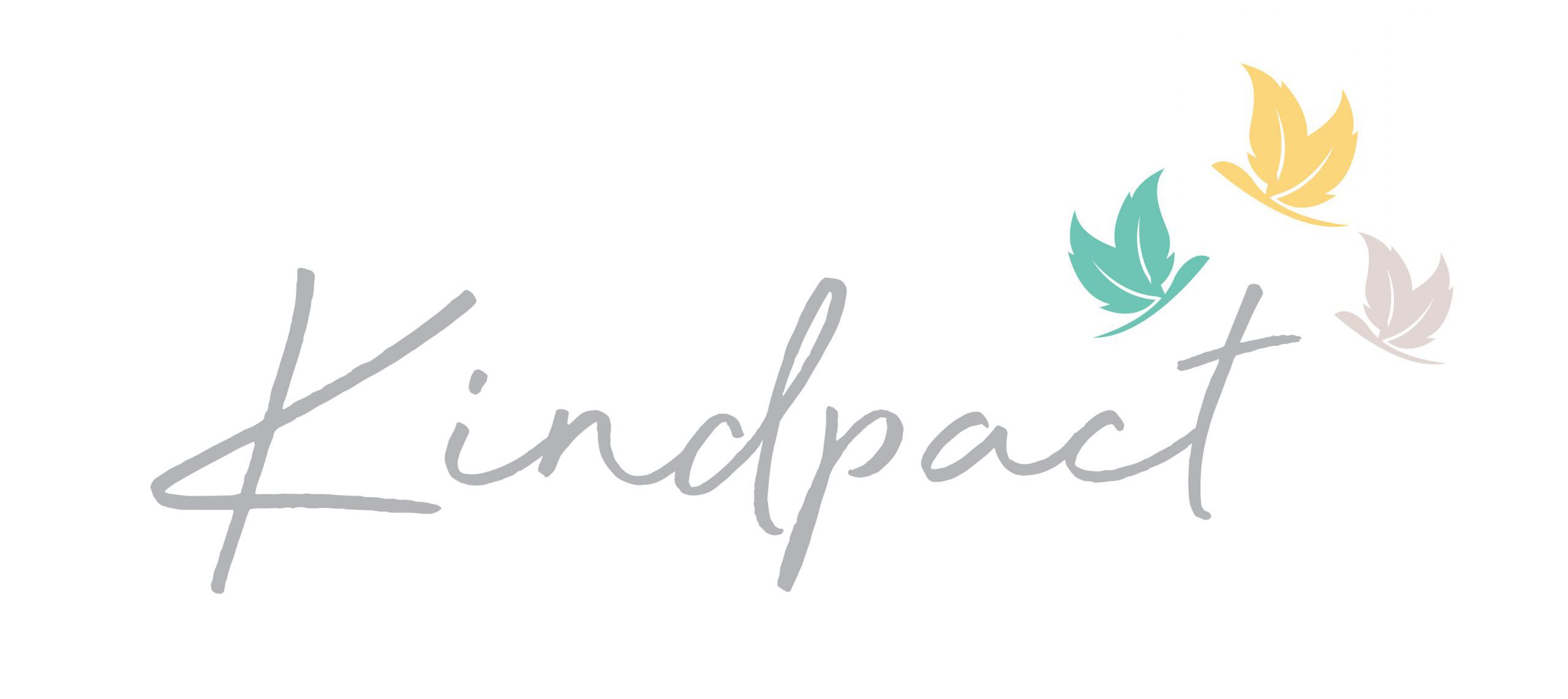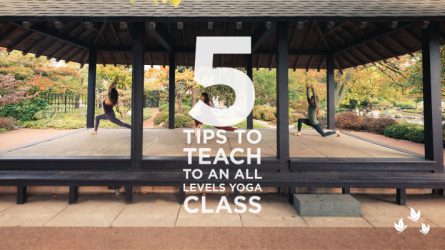I walked into a Whole Foods today. Mindfulness was on the cover of at least 3 magazines, all priced over $14. The covers had beautiful skinny white women on the cover. It got me thinking to when I did research for print ads and unspecified yoga magazine touted how its readers had an average of $65K in annual income with over 40% with income over $100K. Their media kit was graced with the under 30 crowd demonstrating their strength and flexibility in challenging postures wearing $150 yoga pants and an equally expensive yoga mat.
I often use stock photo for my website and graphics. When I type in “yoga” I get a plethora of model type figures again 30 and below. If I type in “senior yoga”, I get more mature people but again skinny, fresh-faced individuals, and often caucasian. I can barely find a person of color or anyone above a size 4. While there is absolutely no problem with young, fit, or Caucasian people practicing yoga, when that becomes the only images people see- it creates barriers.
As instructors and business owners, whether we like or not– we become the face of the yoga industry. How we interact with our students both in person and with our digital footprint are ways we can either create barriers or break down barriers to access for yoga.
To help decrease these barriers, here are a few ways we suggest decreasing barriers to access.
Social media footprint
Every photo doesn’t have to be eka pada konasana or its little sister. Arm balances and inversions can be a great form of concentration and strength but every photo doesn’t need to be an impossible pose. Every post does not have to be perfectly curated with a “life is so great and I only drink green juice mentality”. Create posts that celebrate all aspects of yoga. By sharing easier postures or how we use yoga to navigate sometimes messy areas of lives it can help people understand that incorporating yoga into their lifestyle is something anyone can work towards.
Allow space for students to just be
Alignment is important to a yoga practice. However, every practice, every posture does not need to be so focused on alignment that students feel like there is something they constantly need to fix with themselves. Outside of misalignment that could harm a student, creating space so they can occasionally just sit with their short Warrior I stances. To help students just be, giving cues to help them tune in and notice their breath or how the postures feel can help create space. Another option is to just be silent for a few breaths as students experience the posture.
Decrease the financial barriers to access
I’m a big advocate of yoga teachers getting paid a sustainable living for the amount of time they are putting into their work. That being said, as an industry, we need to figure out how to decrease some of the financial barriers to access for the most in need communities. While it could be donating our time– there are creative ways to get yoga classes out there while still getting paid for the education and time put in. Working with companies, municipalities, or other government agencies can help transfer the financials to someone other than the student.
Our appearance is important
Yoga instructors often get discounts on yoga apparel. There’s a reason for that– we essential become unpaid models for million dollar companies wearing those $150 yoga pants or $60 bras. Students emulate what their instructors do– often thinking they need the expensive gear. While I’m not advocating giving up products instructors love, switching it up on occasion with that 5K t-shirt you earned or some old soccer shorts you have lying around the house can help convey the idea that expensive mats and clothes are optional not required.
As yoga professionals, we have the ability to help break down the barriers to access for yoga. Making small changes through our digital footprint and how we show up to classes can help decrease stereotypes and get more people practicing.
This is just a short list of things we can all work on. What methods have you used to decrease barriers to access?



